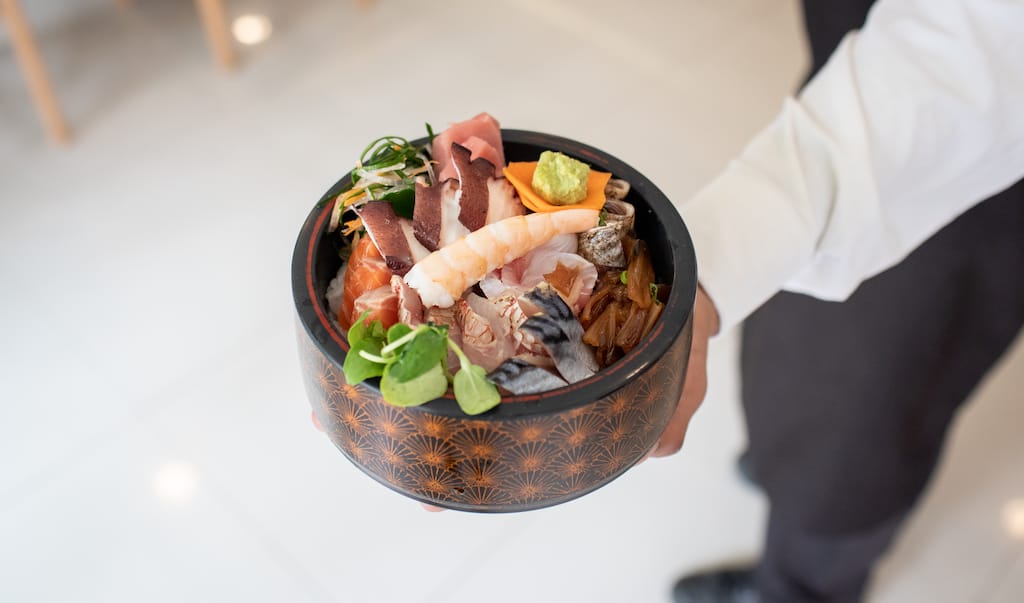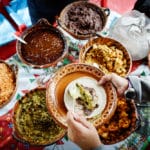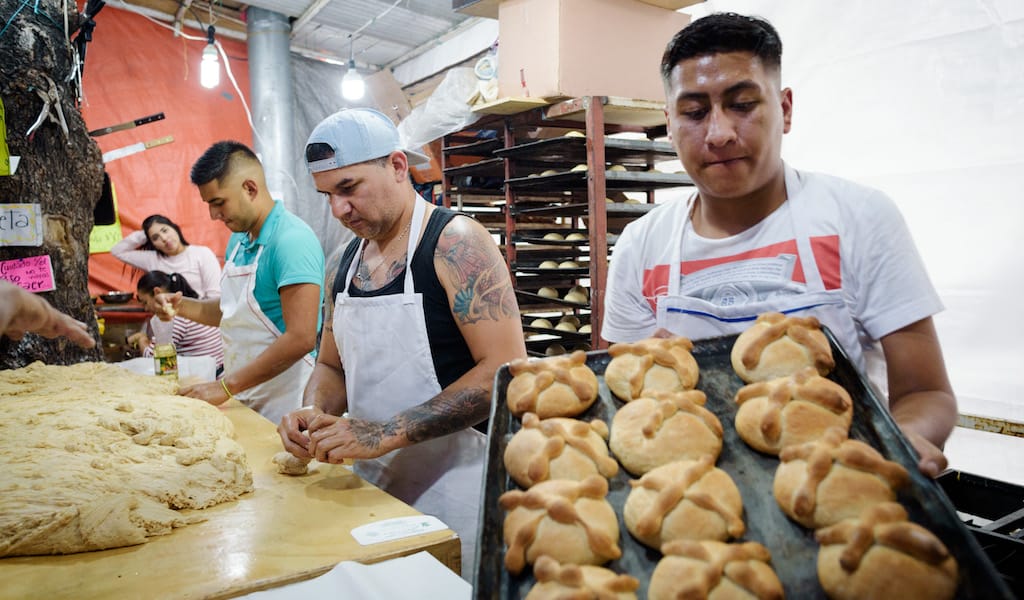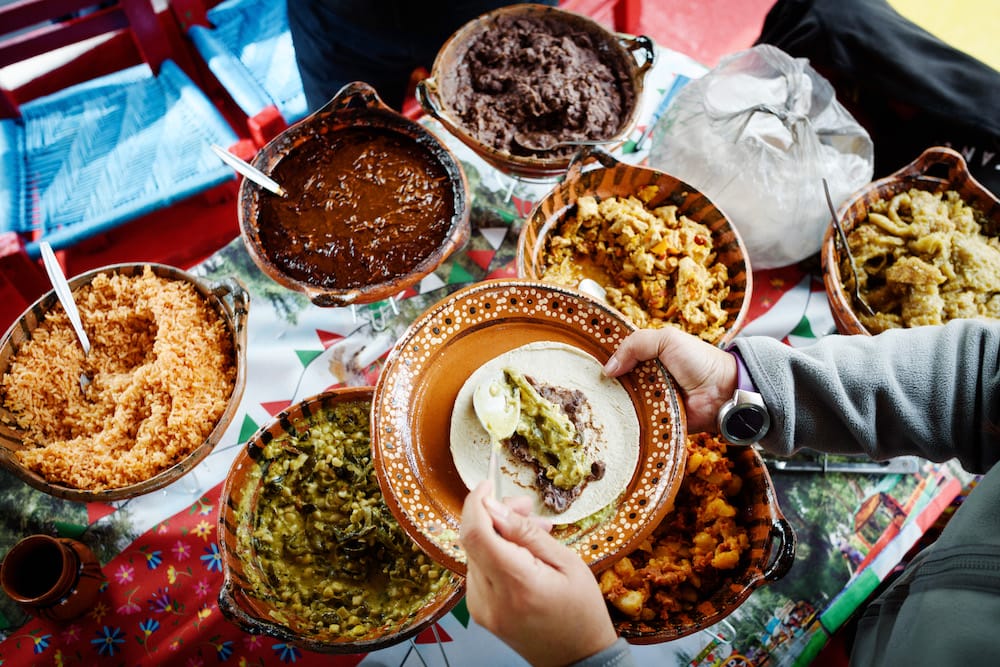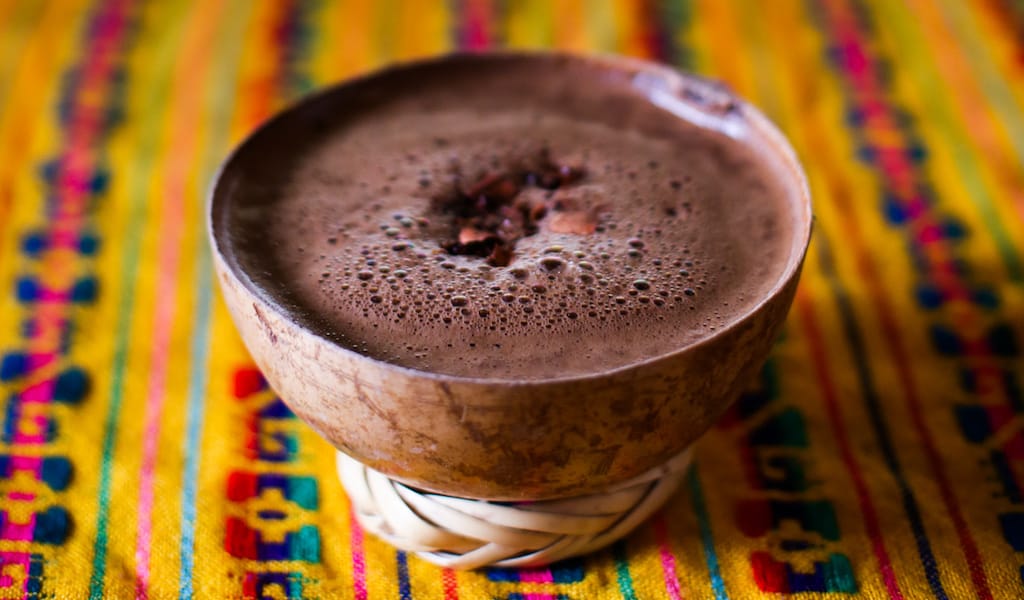The bubbling of a miniature waterfall melds with the twitter of birds and the sounds of the cats that chase them in the Asociación México Japonesa (The Mexican Japanese Association)’s outdoor gardens. A hodgepodge of cypress trees, elephant’s foot plants, and ferns frame the koi ponds surrounded by red umbrellaed tables. Once an area strictly for members of the AMJ, the outside patio now fills with diners of all stripes enjoying an afternoon at Restaurante ICHI, the association’s highly acclaimed restaurant.
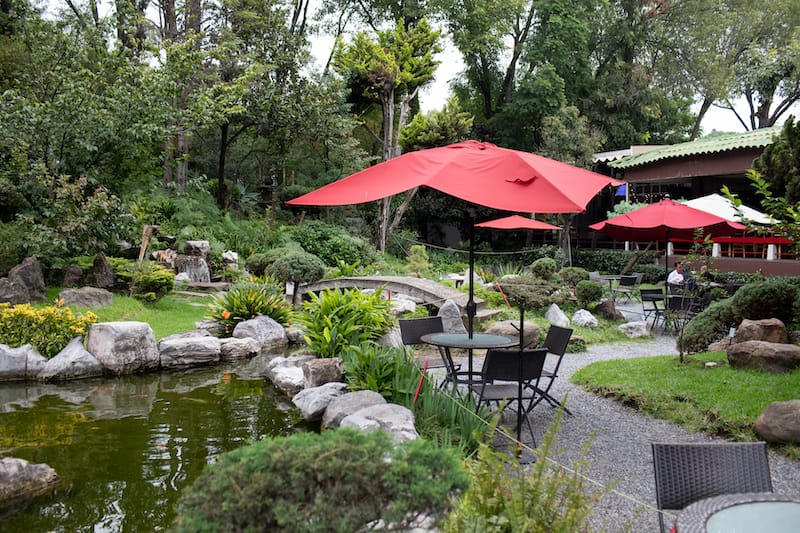
It all started in July of 1956 when a group of 20 Japanese immigrants and local Mexicans interested in Japanese culture decided to form the Asociación México Japonesa on a plot of land in the Las Águilas neighborhood. The land was donated by Sanshiro Matsumoto, the Japanese businessman responsible for the arrival of Mexico City’s first jacaranda trees from Brazil. Among the first members of AMJ were Japan’s former ambassador to Mexico, Kou Chiba, and Mexico’s former ambassador to Japan, Javier Rojo Gómez, as well as one of Mexico’s first post-revolution presidents, Pascual Ortiz Rubio.
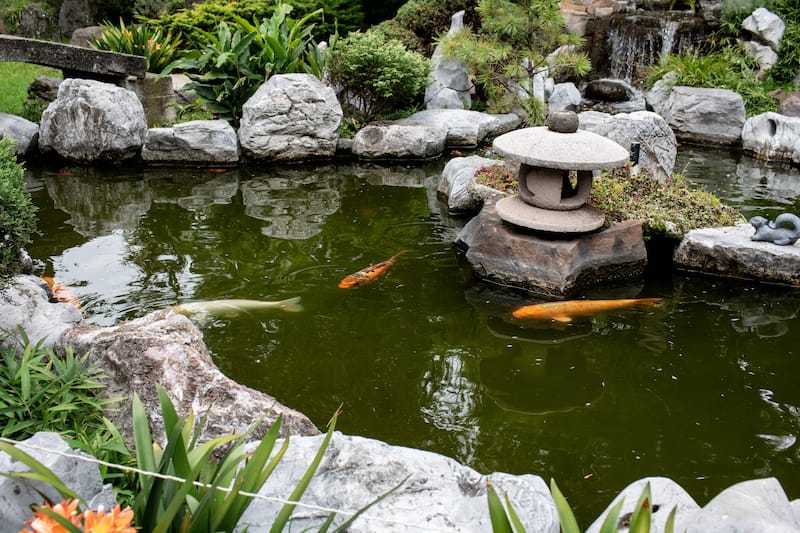
From the moment the AMJ opened its doors in 1959, Restaurante ICHI has been a centerpiece to its mission. The first restaurant of its kind, it offered traditional Japanese food in the city at time when there was none to be found, a welcome addition for immigrants homesick for their cuisine. While there have been Japanese immigrants in Mexico since the end of the 19th century, during World War II, under pressure from the United States government, Mexico relocated Japanese immigrants away from the southern border and ports, thus concentrating the community in Guadalajara and Mexico City. By the time the AMJ opened in the 1950s, a large community of Japanese-Mexican immigrants were part of the capital’s multicultural fabric.
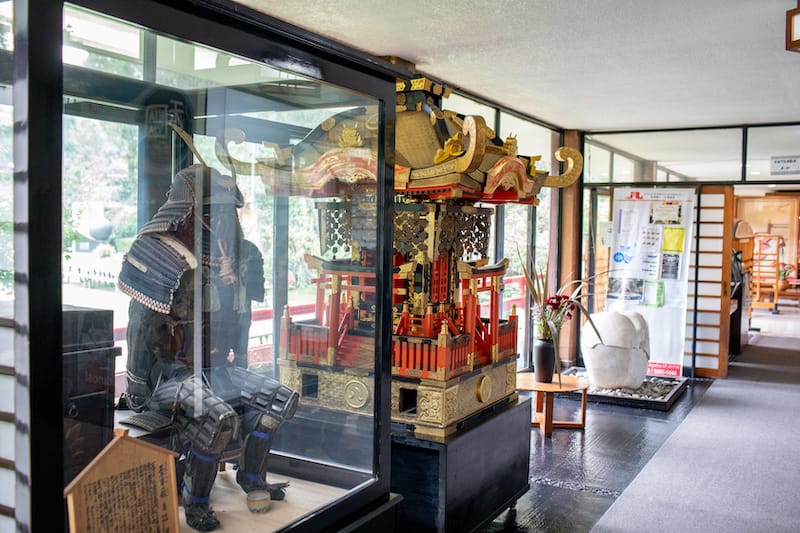
The AMJ was meant to serve as an ambassador of Japanese culture and cuisine to wider Mexican society. The organization’s cultural center in Aguilas has expanded over the years to include martial arts and Japanese language classes, a small store selling Japanese goods (a great place to buy top-notch Japanese cookware or high-end sake), a manga museum, and a healthy calendar of special events, but restaurant ICHI continues to be what draws the biggest crowd to the center.
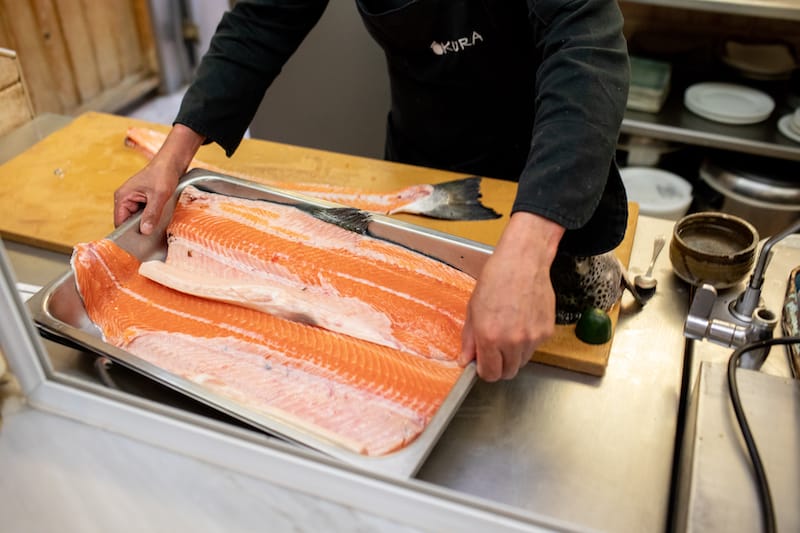
Straight from Mexico City’s La Nueva Viga, the second largest fish market in the world (the largest being in Tokyo), ICHI serves a tuna sashimi that will melt in your mouth the moment it hits the tongue. Dishes like chirashi show off the bounty that can be found here, with eight types of delicious raw seafood including tuna, shrimp, crab, salmon and yellowtail tuna. The restaurant has its own sushi bar, and several dozen rolls, temaki cones, onigiri and nigiri on the regular menu. In fact, the menu as a whole can feel a little overwhelming – with a list of dishes that spans the entire Japanese culinary lexicon, it can be hard to know what to choose. We recommend both the hiyayakko cold tofu with a crispy sliced of smoked fish and thinly shaved green onions, and the pan-fried gyoza dumplings with a sweet soy dipping sauce, along with any of the udon dishes. Finish your meal with a scoop of black sesame or matcha ice cream (with or without a tempura shell).
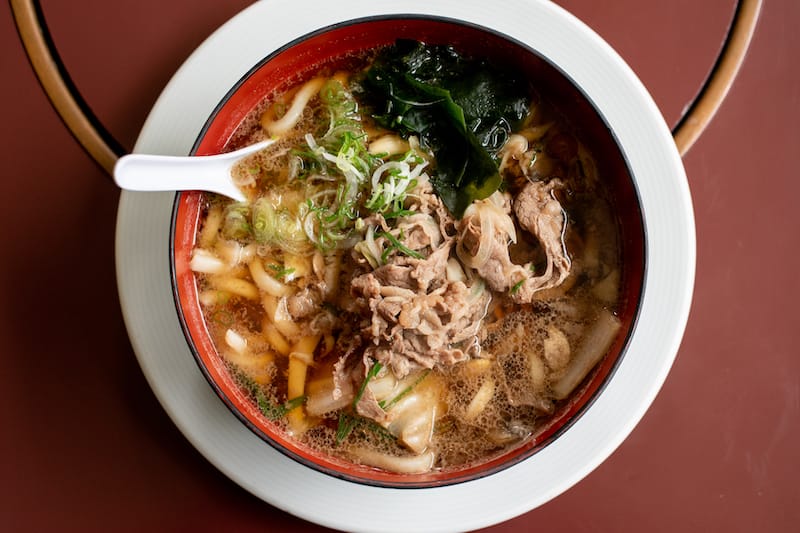
Another section of Restaurante ICHI is dedicated to teppanyaki – a style of grilling meats and veggies on a flat griddle called a teppan, made famous in post World War II Japan (and made famous in the United States by the Japanese steakhouse chain Benihana). It’s great to make a reservation here and watch ICHI’s culinary masters put on a cooking show right in front of your plate.
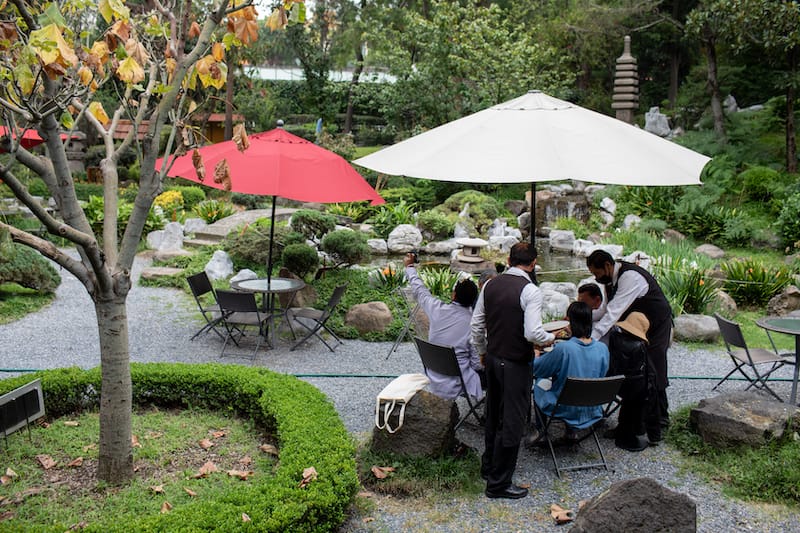
Considered by many as the city’s best Japanese restaurant, Restaurante ICHI plates up some the most authentic preparations of culinary classics. It’s location inside the AMJ cultural center gives diners a chance to check some of the other representations of Japanese culture – there are displays of wadaiko drums, kimonos, and even centuries-old warrior armor. There are also cultural events and classes to can attend for those want to dig in a little more. Either way, make sure to grab a bite. ICHI has a long history of serving as a delicious bridge between two cultures and making sure everyone gets fed in the process.
Published on July 19, 2023
Related stories
October 27, 2023
Mexico City“Caliente!” Juan calls out, and we all duck to avoid the steaming hot pan as it floats across the kitchen. He holds one side with a folded up towel, the other with a pair of pliers. Kitchen might be a bit of a misnomer. The small stall sits on the sidewalk, with a temporary tin…
August 26, 2023
MexicoQuick bite: On this full-day tour of Xochimilco, for private groups of seven or more, we will have exclusive access by private boat to family farms, meet the people upholding ancient agricultural traditions and enjoy a rustic feast in a field surrounded by canals and family gardens. The day begins with breakfast, ends with a…
February 13, 2023
Mexico City | By Susannah Rigg
Mexico CityInitially, it was books that led Fernando Rodriguez Delgado to his interest in cacao. Today Rodriguez runs Chocolate Macondo, a café that specializes in ancient preparations of cacao, but prior to that he was a bookseller, fanatical about reading and fascinated by the history of Mexico. The day that he came across the Florentine Codex,…







































